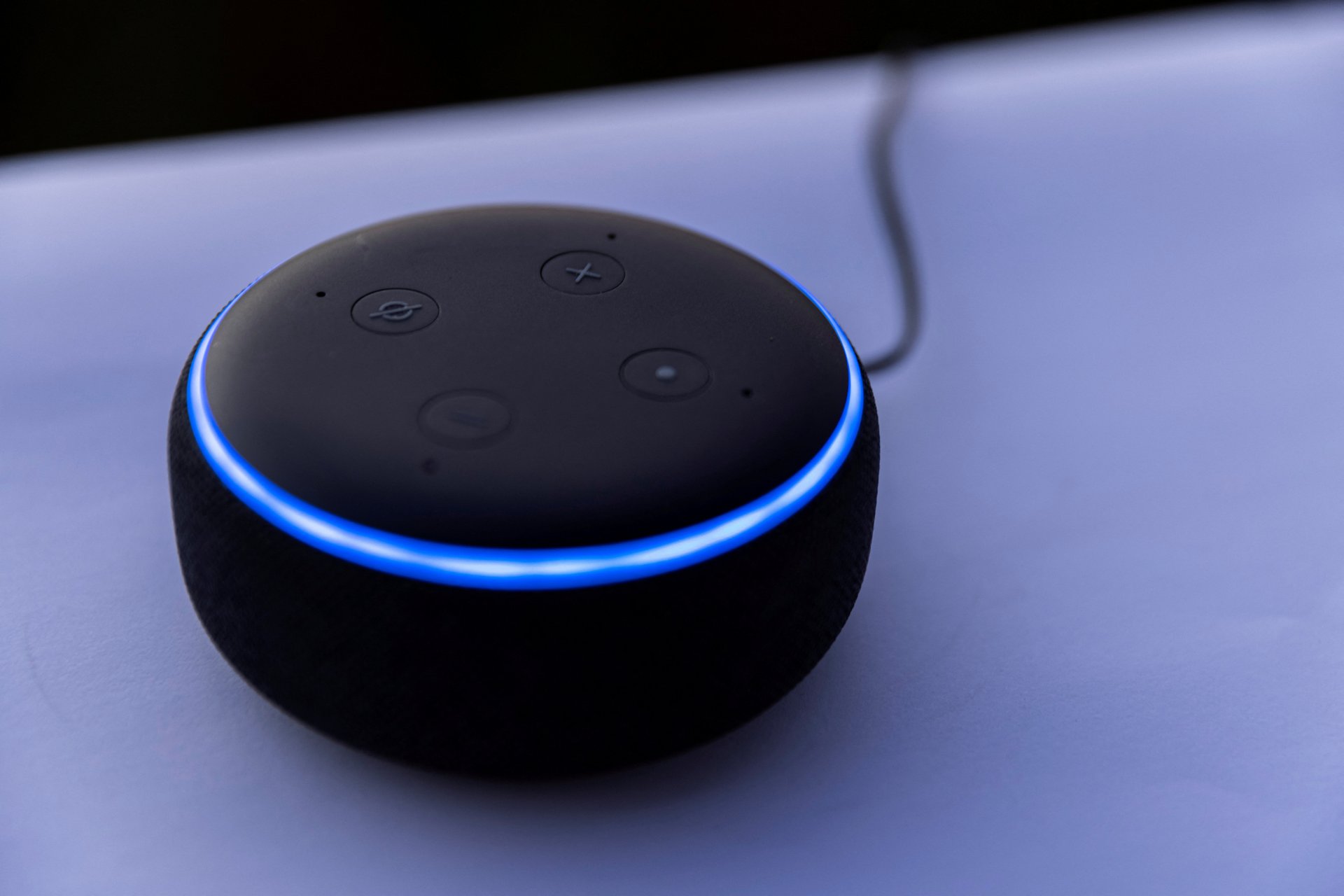Amazon is giving Alexa an AI upgrade
The company's latest AI update looks to convince reluctant users to use Alexa for more than just basic tasks

Amazon announced updates to its suite of smart devices at its fall hardware event on Wednesday (September 20).
Suggested Reading
At the presentation in Amazon Headquarters—located in Arlington, Virginia—Vice President of Devices and Services David Limp introduced a range of upgrades to its Alexa-powered devices. The company also previewed a set of internet-connected eyeglasses and a wall-mounted tablet meant to control different smart-home hardware.
The headline of the event, however, was the introduction of a large language model (LLM) specifically powering improvements to Alexa’s capabilities. The company sees the pivot to generative artificial intelligence as a way to make the ubiquitous virtual assistant’s AI a personal assistant capable of making engaging conversation.
In a video advertisement demonstrating the new technology, Amazon customers ask Alexa increasingly complex prompts like “Can you write me a story about balloons?” and “I need an idea for a romantic date night.” One couple even asks Alexa to write them a love poem. The uncanny robot voice response riffs a few lines before getting cut off: “Love is a feeling bright and true/It warms your heart and...”
What do people actually use Alexa for?
The LLM update will also allow Alexa to understand complex sentences, like commands with multiple different requests—i.e. “Turn off the fan and turn on the air conditioning”—while monitoring user’s body language and eye contact to make conversations with Alexa “flow naturally,” according to the presentation.
But are consumers really interested in having a natural-feeling conversation with a robot? According to a Bloomberg report from 2021, Amazon’s fast-selling Alexa-powered smart speakers have a user retention problem. Amazon’s internal data found that 15-25% of new Alexa users were no longer actively using the voice assistant after their second week.
And the consumers that did keep using Alexa overwhelmingly used the service for exceedingly simple commands like turning on a specific song, turning on the lights, or setting a timer while cooking. An employee noted in a 2019 document, per the Bloomberg report, that Alexa users discover half of the features they will ever use within hours of first using the device.
This is a big issue for Amazon, which has gone all-in on Alexa in recent years. It has spent time developing a sprawling app store for the device and sold its smart speakers at a relatively low price in an attempt to make Alexa the dominant voice assistant.
Now, with this update, the company is attempting to transform Alexa from a gimmick to a useful and indispensable tool, with Limp even floating an eventual fee for the technology in an interview with the Verge.
But Amazon’s goals might just be disconnected from what consumers actually want. It’s possible that—after first marveling at the initial novelty of Alexa’s complex conversation skills—customers don’t actually want to spend their free time asking a disembodied robot voice to write them love poetry.
Listen up: Obsessed with Smart Homes
In our Quartz Obsession podcast episode, “Smart homes: Built to crash,” host Scott Nover calls his Amazon Echo just an expensive kitchen timer, and we expect many of our listeners nodded in recognition. But Amazon would like to change that.